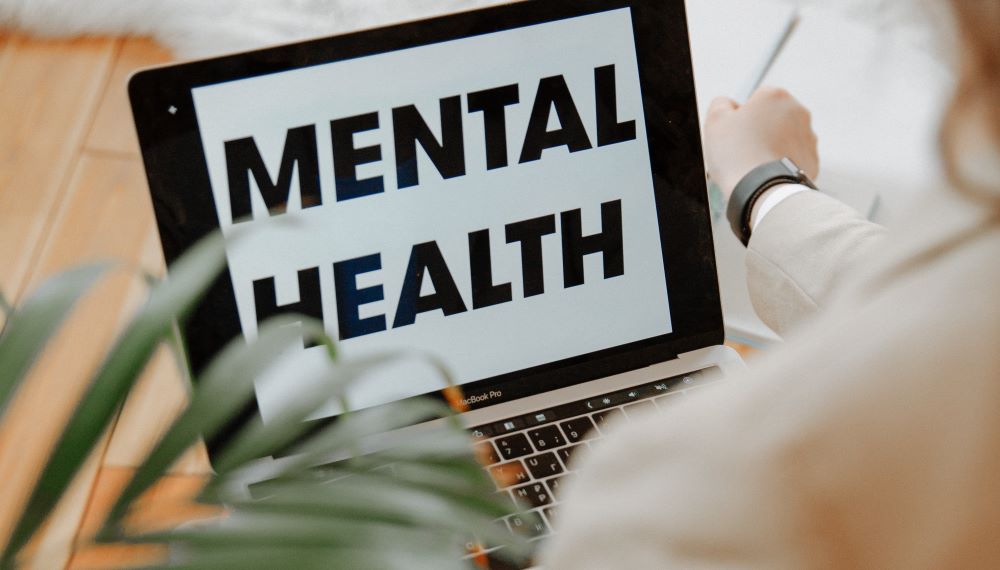Post Traumatic Stress Disorder Everything You Need to Know
Post-Traumatic Stress Disorder (PTSD) is a complex and debilitating mental health condition that can affect individuals who have experienced or witnessed traumatic events. We aim to provide a comprehensive understanding of PTSD, covering its definition, symptoms, causes, diagnosis, and treatment options.
Defining PTSD
PTSD is a mental health disorder that can develop in response to exposure to a traumatic event. While it is commonly associated with combat veterans, PTSD can affect anyone who has experienced or witnessed a life-threatening or profoundly distressing event. The traumatic event may involve physical harm or the threat of harm, leading to a persistent psychological response that interferes with daily functioning.
Symptoms of PTSD
1. Re-Experiencing Symptoms:
- Flashbacks: Distressing, vivid memories or reliving the traumatic event.
- Nightmares: Recurrent and disturbing dreams related to the traumatic experience.
- Intrusive thoughts: Unwanted and distressing thoughts about the trauma.
2. Avoidance Symptoms:
- Avoidance of reminders: Steering clear of places, people, or activities associated with the trauma.
- Emotional numbness: Feeling detached or estranged from loved ones.
- Avoidance of thoughts or feelings: Difficulty recalling aspects of the trauma or expressing emotions related to it.
3. Hyperarousal Symptoms:
- Hypervigilance: Being excessively alert and easily startled.
- Irritability: Frequent feelings of anger or irritability.
- Difficulty concentrating: Struggling to focus on tasks or make decisions.
4. Alterations in Mood and Cognition:
- Negative thoughts about oneself or others.
- Persistent feelings of guilt or shame.
- Difficulty experiencing positive emotions.
Causes of PTSD
Trauma is the primary trigger for PTSD, and it can manifest in various forms:
1. Combat and Military Trauma:
- Military personnel exposed to combat often face traumatic events that can lead to PTSD.
2. Sexual Assault and Violence:
- Survivors of sexual assault or violent crimes may develop PTSD.
3. Natural Disasters:
- Individuals who experience or witness natural disasters, such as earthquakes or hurricanes, may develop PTSD.
4. Accidents and Medical Trauma:
- Severe accidents or life-threatening medical events can trigger PTSD.
5. Childhood Trauma:
- Prolonged exposure to abuse or neglect during childhood may contribute to the development of PTSD.
Diagnosing PTSD
Diagnosing PTSD involves a thorough assessment by mental health professionals, considering the presence and severity of symptoms. The criteria for PTSD, as outlined in the Diagnostic and Statistical Manual of Mental Disorders (DSM-5), include the duration and impact of symptoms on daily life.
1. Criteria for Diagnosis:
- Exposure to a traumatic event.
- Re-experiencing, avoidance, and hyperarousal symptoms persisting for at least one month.
- Symptoms causing significant distress or impairment in social, occupational, or other important areas of functioning.
2. Differential Diagnosis:
- Distinguishing PTSD from other mental health conditions, such as anxiety or depression, is crucial for accurate diagnosis.
Treatment Options
Effective treatment for PTSD often involves a combination of psychotherapy, medication, and support from loved ones. Tailoring the approach to the individual’s needs is essential for successful outcomes.
1. Psychotherapy:
- Cognitive-Behavioral Therapy (CBT): Focuses on identifying and changing negative thought patterns and behaviors.
- Exposure Therapy: Involves confronting and gradually approaching traumatic memories to reduce their emotional impact.
- Eye Movement Desensitization and Reprocessing (EMDR): Utilizes guided eye movements to help process traumatic memories.
2. Medication:
- Antidepressants: Selective serotonin reuptake inhibitors (SSRIs) and serotonin-norepinephrine reuptake inhibitors (SNRIs) can help alleviate symptoms.
- Anti-anxiety medications: Benzodiazepines may be prescribed for short-term relief of severe anxiety.
3. Supportive Therapies:
- Group therapy: Provides a supportive environment for individuals to share their experiences and coping strategies.
- Family therapy: Involves the family in the treatment process, fostering understanding and support.
4. Self-Help Strategies:
- Mindfulness and relaxation techniques: Practices such as meditation and deep breathing can help manage anxiety.
- Physical exercise: Regular exercise has been shown to have positive effects on mood and overall well-being.
Living with PTSD
Managing life with PTSD involves ongoing effort and support. Individuals can take steps to improve their quality of life and reduce the impact of symptoms.
1. Building a Support System:
- Cultivating relationships with supportive friends and family members can provide a crucial foundation for recovery.
2. Educating Others:
- Increasing awareness about PTSD among friends, family, and colleagues helps create a more understanding and supportive environment.
3. Establishing Routine:
- Creating a daily routine can provide a sense of stability and predictability, helping to manage symptoms.
4. Seeking Professional Help:
- Regular therapy sessions and check-ins with mental health professionals can provide ongoing support and guidance.
Recommended article How to Force Yourself to Relax

Post-Traumatic Stress Disorder is a complex mental health condition that can profoundly impact the lives of those affected. Recognizing the symptoms, understanding the causes, and seeking appropriate treatment are crucial steps toward recovery. With the right support and interventions, individuals with PTSD can work towards rebuilding their lives and finding a sense of peace and resilience in the aftermath of trauma.
